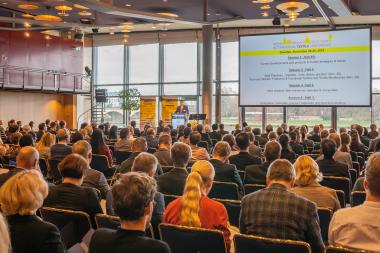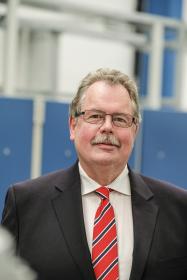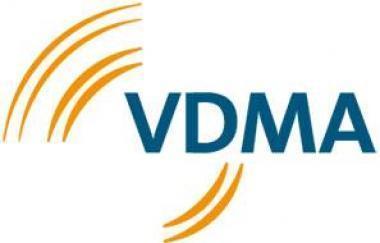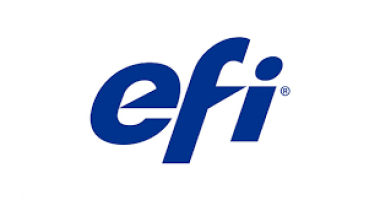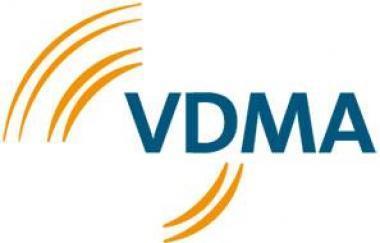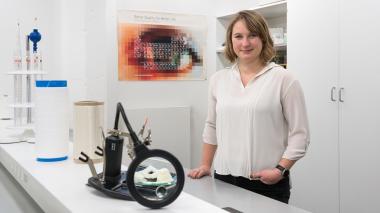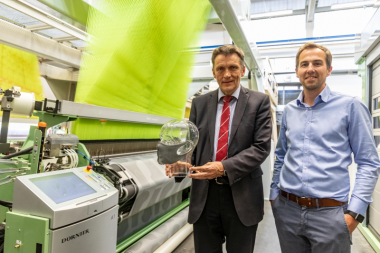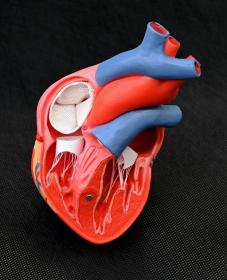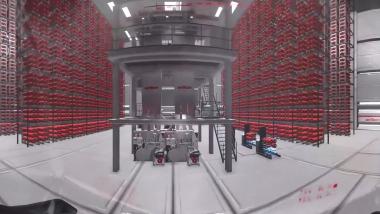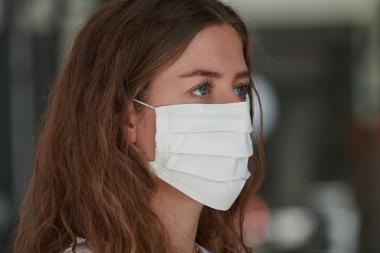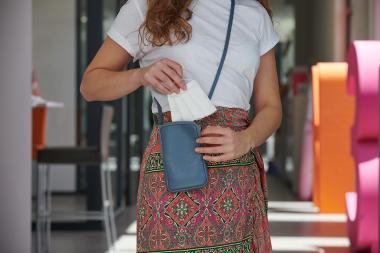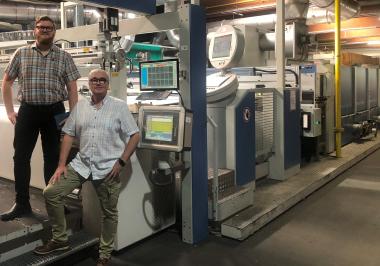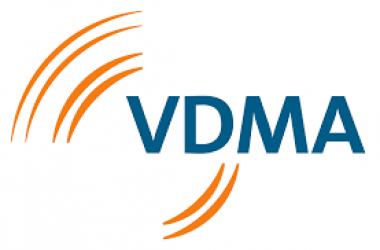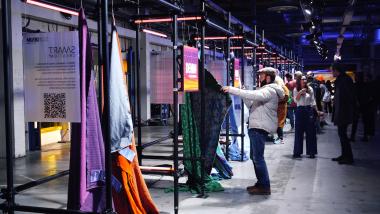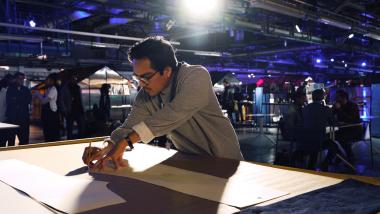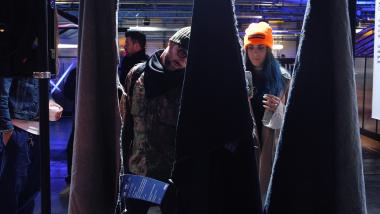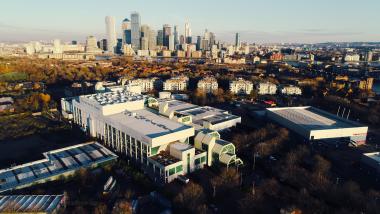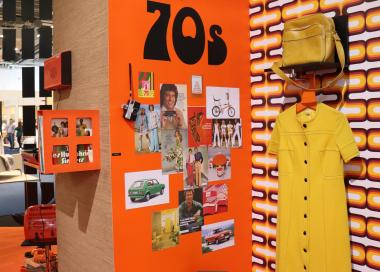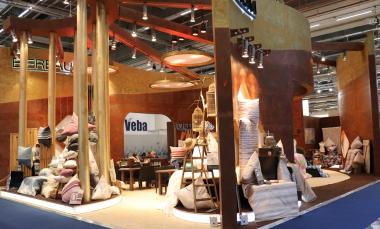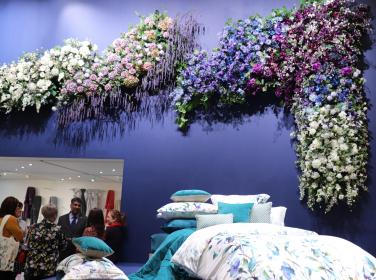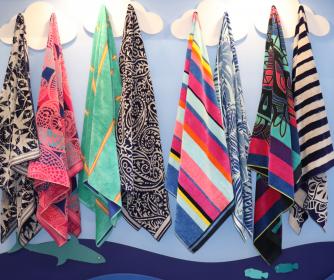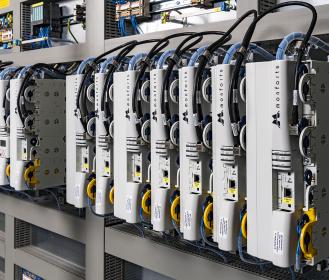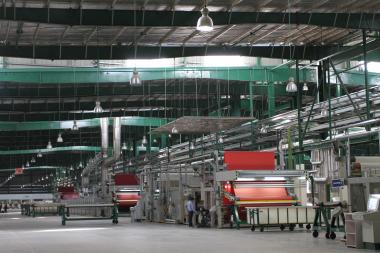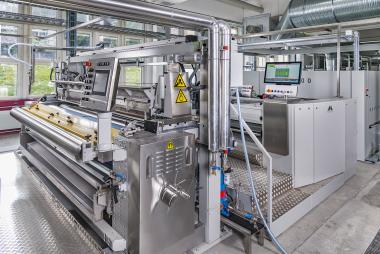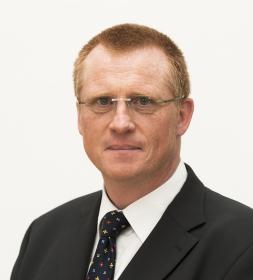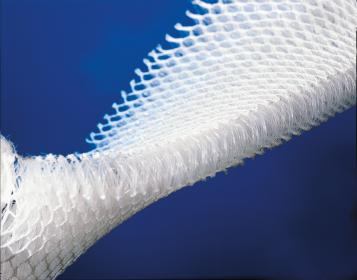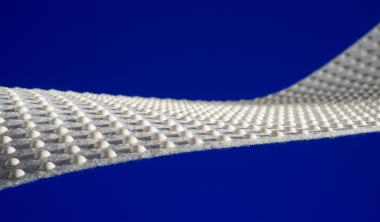Aachen-Dresden-Denkendorf International Textile Conference 2021
Die Aachen-Dresden-Denkendorf International Textile Conference wird in diesem Jahr vom 9. bis zum 10. November digital durchgeführt.
Programm und Themen:
Quo vadis Textilmaschinenkonzepte?
- Flexibilisierung auf dem Weg zur Losgröße 1
- Industrie 4.0
- Neue Produkte durch Maschineninnovationen
- Ressourcen- und Energieeffizienz
Chancen mit neuen Werkstoffen: Hochleistungsfasern und Faserverbundwerkstoffe
- Carbonfasern, Keramikfasern, bio-basierte Fasern
- Fasermodifizierung, Sekundärspinnen, Rezyklierstrategien, Prozesstechnologien
- Formangepasste Faserverbünde, polymere Matrixmaterialien
- Blick in neuartige Werkstoffe – Simulation und Prüfsysteme
Wettbewerbsvorteile und Nachhaltigkeit: Funktionalisierung, neue Ausrüstungen
- Nachhaltige Beschichtungs- und Ausrüstungschemikalien
- Beschichten, Laminieren
- Umweltfreundliche Prozesse
- Textildruck
Neue Herausforderungen: Medizintextilien / Medizintechnik
- Sensorische und aktorische Medizinprodukte
- Personalisierte Medizin
- Neue Biomaterialien, drug delivery
- Resorbierbare polymere Implantate zur Unterstützung regenerativer Prozesse
Neue Anwendungen, neue Märkte
- Textiles Bauen, Architektur
- Mobilität
- Energie
- Umwelt
Transfersession „Von der Idee bis zur Praxis“
- Präsentation von Innovationen (z. B. Produkte, Technologien, Verfahren), die aus Forschungskooperationen, insbesondere über IGF/ZIM, erfolgreich in die Industrie transferiert werden
Aachen-Dresden-Denkendorf International Textile Conference ADD ITC Messen digital Fasern Carbonfasern Beschichtung Textildrucker
Deutsche Institute für Textil- und Faserforschung Denkendorf


